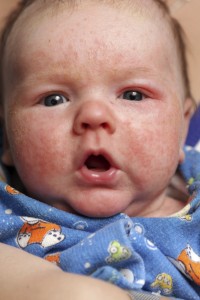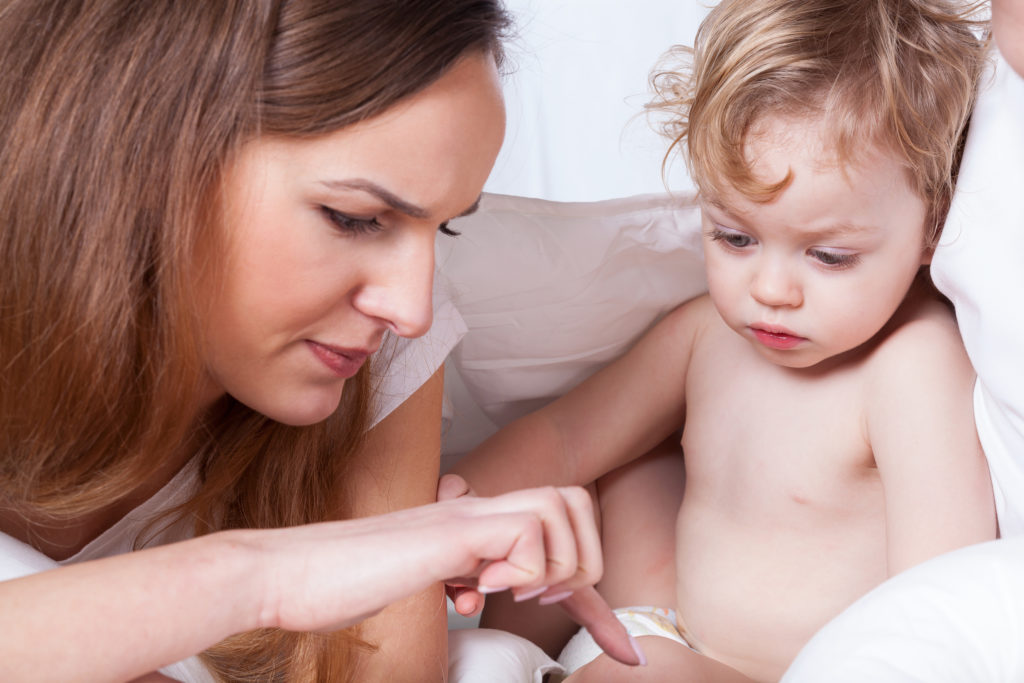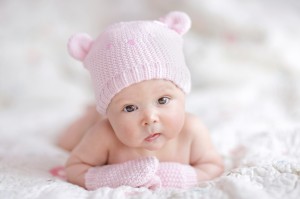
It breaks a parent’s heart to see their infant’s skin go from smooth and petal-soft, to developing patches of reddish or whitish dry, rough, itchy skin. And the constant itching is an affliction to both baby and parent. Yet, eczema, also called atopic dermatitis or simply dermatitis, is relatively common among babies. Ten to fifteen percent of all infants will develop this chronic autoimmune condition; some babies are as young as one or two months when symptoms start, but more often, the condition will develop in the first six months of life. Sixty-five percent of babies who will develop eczema show their first symptoms by the time they turn one year of age. Ninety percent of all children who will have eczema show symptoms within the first five years of life.
The propensity for eczema can be inherited from a close relative, or it can be indicative of allergies to certain foods, pet dander or potentially irritating substances like soaps and fragrances.
Read More




